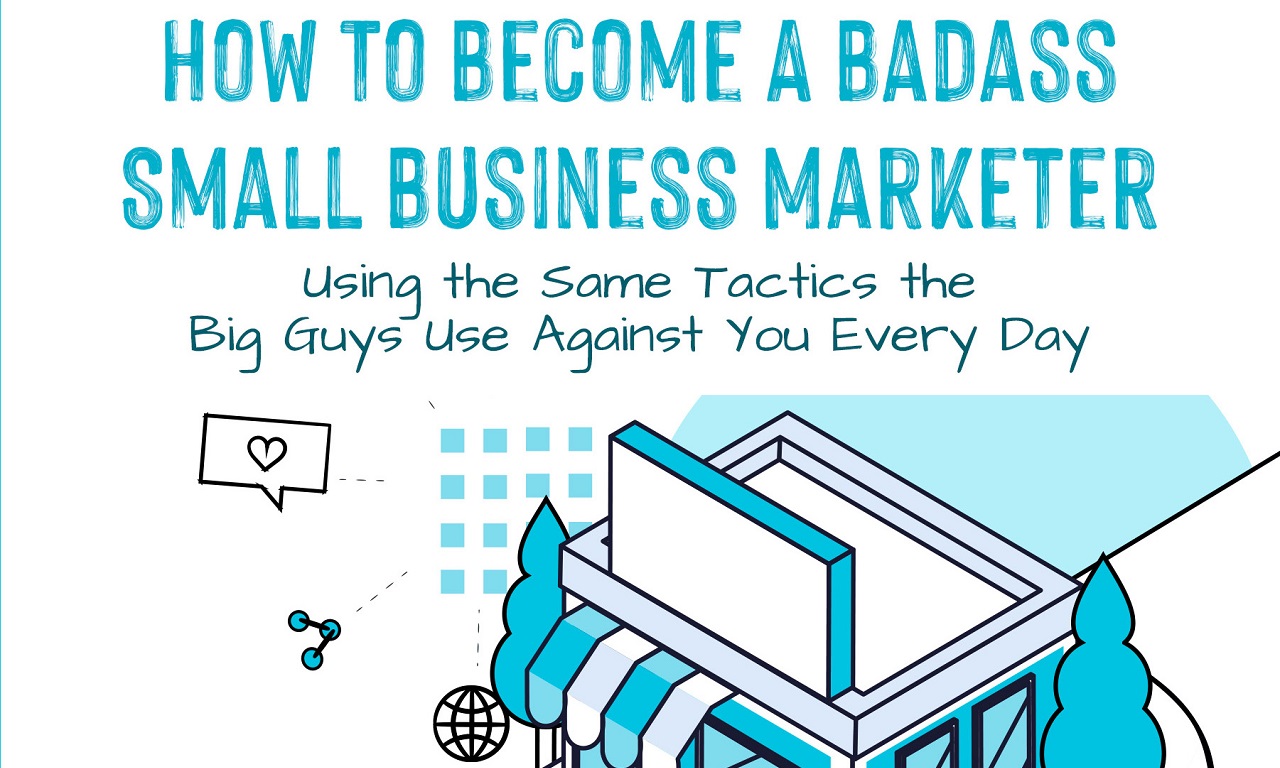First-Party Data Strategy – Defined
You may have encountered this article in a quest to understand what first-party data is, and whether or not you should have a first-party data strategy. Here goes…
1st-party data is data you collected yourself. Here are some of the most common examples:
-
- Name
- Address
- Phone
- Website Data
- Phone Logs
- Purchase History
You probably get the idea. But it’s important to think of this as an asset of your business you can use to gain growth and ROI.
The Attack on Third-Party Data – Explained
You may have heard that Google is no longer supporting third-party data in the form of cookies. Cookies are in essence little trackers that have helped marketers develop audience targets by watching on-line behavior.
Those days are over. And marketers have been forced to consider other methods of targeting, such as context, location, and even search history.
From our view, though, 3rd-party data was often most heavily relied upon by less scrupulous marketers and certainly by bad actors who ran scams and other one-sided efforts that weren’t good for consumers. It’s a classic case where bad apples spoiled the bunch. Third-party cookies had the POTENTIAL to make advertising more relevant for consumers; but greed messed it up.
Do You Need a First-Party Data Strategy?
Back to why you came here for this article…
Do you need a 1st-party data strategy as part of the marketing plan for your business?
Well, chances are you’ve already got one. It’s just a matter of figuring out what it is, whether or not it’s adding value to your business, and whether or not it can.
First-Party Data You’re Already Collecting
Do an inventory of the 1st-party data you’re collecting. Really dig, too.
Most of us are collecting data we don’t even realize we’re collecting. Here are some common sources of good, usable data:
-
- Point Of Sale
- E-Mail Newsletters/Databases
- Website Analytics
- VoIP Phone Logs
- Shipping Logs
- Paper Records & Files
- Loyalty Systems
What You’re Doing with That Data
Is this data just sitting there? Or are you using it to grow the relationship with each of those prospects and customers?
Often, quality first-party data is just sitting, collecting either digital dust or actual dust in a file cabinet.
During the pandemic lock-down, we pivoted several of our clients to be able to use first-party data to flip entire business models to outbound sales via phone, e-mail, and text. Without the ability to act on 1st-party data, some of our clients would have shut down completely.
What the POTENTIAL of That Data Really Can Be
The first-party data you’re collecting on your website traffic, most often via Google Analytics, can be leveraged to grow your business. Most customers don’t buy or become an actionable lead until the 2nd or 3rd website visit. Placing website visitors who don’t “convert,” meaning they don’t call or give information that makes them an actionable lead, into a re-marketing audience and continuing to advertise to them increases the odds they’ll convert later by up to 300%.
That’s just one practical example.
Who needs third-party data when you’ve got powerful capabilities like that?
Let’s Chat
If you know enough to know that you’re not making the most of first-party data to grow your business, but you don’t know exactly what to do differently — let’s chat.
We offer a free initial marketing consultation. It’s just one way we invest in our clients long before they invest in us.
Take advantage of a no-risk, no-obligation introduction call.






